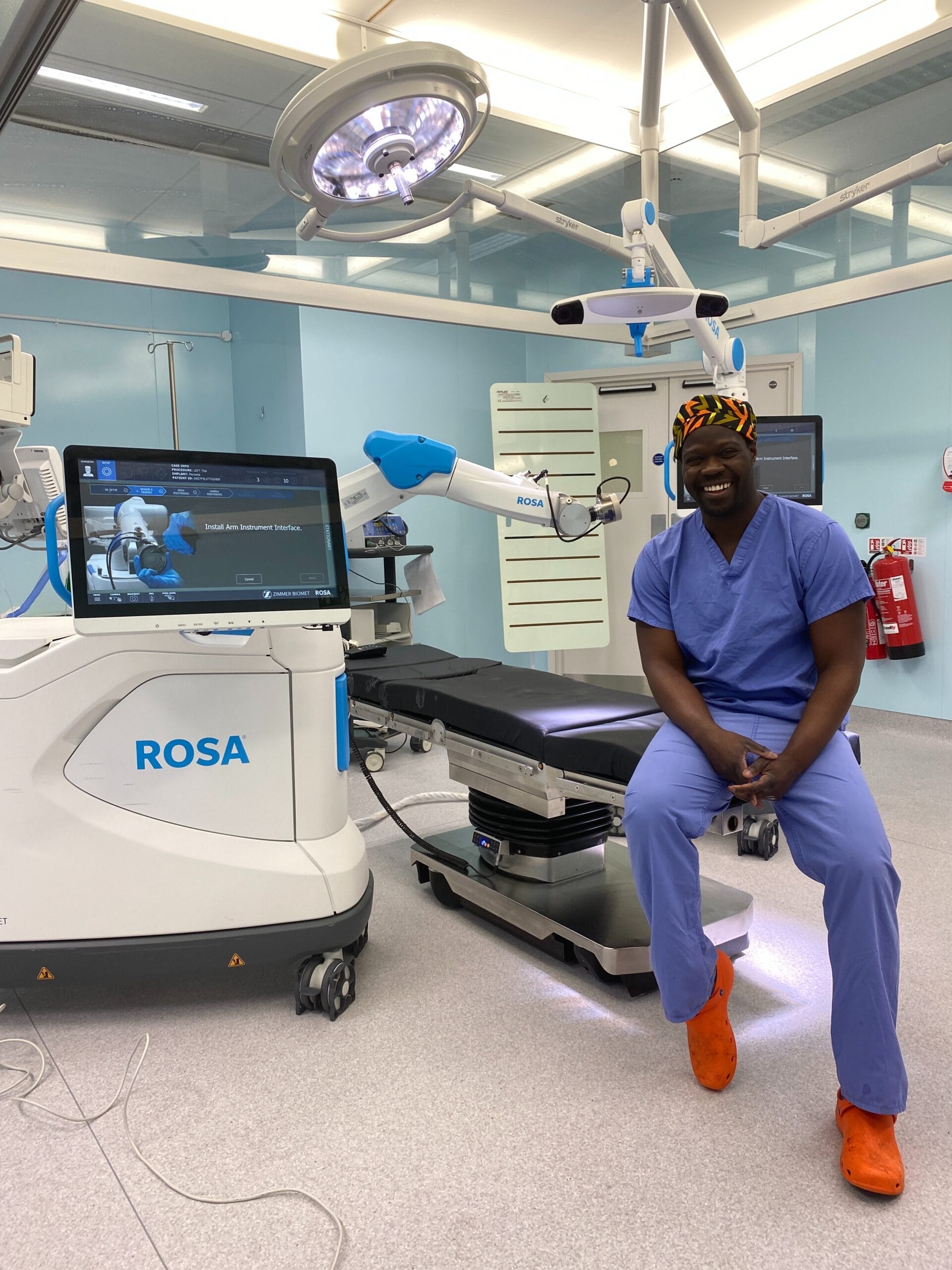By Matthew Carr, Chartered Physiotherapist
‘I keep getting the odd ache and pain after exercising and my wife keeps telling me that it is because I am getting older and that I should warm up properly before exercise. Is warming up really that important?’
Put simply, a warm-up is aimed at preparing the body for exercise. Skipping a warm-up before undertaking a bout of exercise doesn’t necessarily mean that you will become injured; however the weight of evidence is in favour of a decreased risk of injury. With a good warm up your performance may be enhanced as your body is given the time to produce heat and increase its nutrient supply before engaging in activity.
My top tips on a good warm up are as follows:
1) Plan your warm-up into your exercise routine
The warm-up is a good time to mentally prepare for an exercise session or event by clearing the mind and increasing focus. Research has indicated that performing a warm-up can increase performance by up to 79%. Scheduling your warm-up into your exercise routine will also encourage you to undertake it each time you exercise
2) Begin your warm-up with some light cardiovascular activity
Performing between 5 and 10 minutes of light cardiovascular activity where the intensity increases gradually will increase blood flow to your muscles, delivering needed oxygen and other nutrients. Light jogging, fast walking and cycling are all good ways of achieving this. Muscle and body temperature should also increase allowing muscles to contract more forcefully, relax more quickly and enhance muscle elasticity. This will prepare muscles for stretching and reduce the risk of strains or pulls.
3) Perform dynamic stretches rather than static stretches
Static stretches are performed to stretch muscles when the body is at rest. Dynamic stretches are active movements of muscle that bring on a stretch but are not held in the end position. As well as being movement/sport specific, dynamic stretching after a period of light cardiovascular exercise has been found to reduce the risk of injury compared to static stretching.
4) Don’t warm-up too early
The effects of a warm-up have been found to last for approximately 30 minutes only. Therefore to ensure the benefits of the warm-up are felt with your exercise, aim to warm up as near to your exercise as possible.
5) Formulate a warm-up that best suits you, but also your type of activity/sport
The perfect warm-up is a very individual process that can only come with practice, experimentation and experience. Deciding on a warm-up routine depends on the activity you are going to perform and should be specific to the movements and actions that occur during that activity. Temperature is also a factor; if it is cold outside, plan a few extra minutes of time to ready your muscles for activity, as it takes longer to heat your muscles in cold weather.
What makes Horder Healthcare unique
Horder Healthcare is committed to providing the very best quality of care for our patients and customers. We are continuously working on improving and reducing risks and this is reflected in our consistently high CQC results, patient satisfaction questionnaires and minimal levels of infection.
We are a charity
We reinvest our profit to benefit more people and help us achieve our aim of advancing health.






